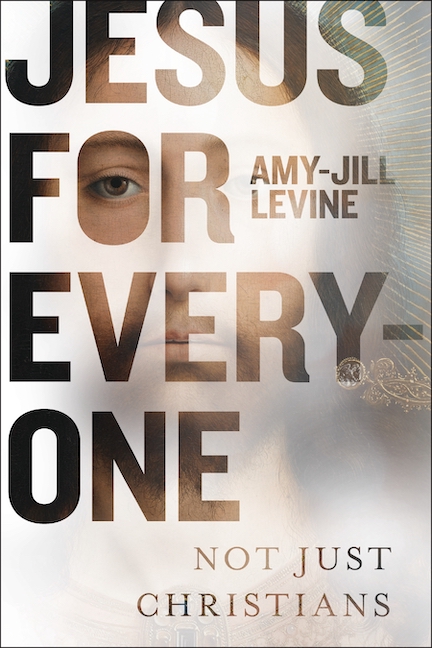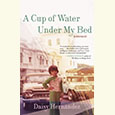The Weight of Love
Set against the backdrop of the Revolutionary War, Katy Simpson Smith’s assured debut considers the complexities of human relationships
The Story of Land and Sea, Katy Simpson Smith’s debut novel, considers parental love, faith, and friendship in coastal North Carolina at the end of the American Revolution. Asa, a wealthy planter, has raised Helen alone since his wife died in childbirth. But Asa’s love can’t prevent his daughter from choosing an unacceptable husband or from dying in childbirth herself. Helen’s husband, John, desperately wants to protect his own daughter and takes her out to sea to cure her of yellow fever. And for Moll, Helen’s enslaved childhood companion, love is always bound by the institution of slavery.
 To tell these stories, Smith plays with both timeline and point of view. Initially, for example, Helen is portrayed through her widower’s perspective as an ideal wife. A more complex character emerges as Smith pivots to Helen’s childhood and youth: though Helen and Moll—a gift from Asa for Helen’s tenth birthday—have grown up together, Helen refuses to intervene when Moll is forced to marry a slave from another plantation, a man who already loves someone else. “Helen waits for Moll’s fury,” Smith writes. “She will ask why Helen did nothing to stop this marriage and is leaving her alone in a house with a stranger. Helen would be terrified to be so abandoned, but what can she say? The lives around her are mapped by a higher hand, and she has learned to trust this. If she began now to doubt, if she studied unhappiness rather than duty, she might find her own life vulnerable.”
To tell these stories, Smith plays with both timeline and point of view. Initially, for example, Helen is portrayed through her widower’s perspective as an ideal wife. A more complex character emerges as Smith pivots to Helen’s childhood and youth: though Helen and Moll—a gift from Asa for Helen’s tenth birthday—have grown up together, Helen refuses to intervene when Moll is forced to marry a slave from another plantation, a man who already loves someone else. “Helen waits for Moll’s fury,” Smith writes. “She will ask why Helen did nothing to stop this marriage and is leaving her alone in a house with a stranger. Helen would be terrified to be so abandoned, but what can she say? The lives around her are mapped by a higher hand, and she has learned to trust this. If she began now to doubt, if she studied unhappiness rather than duty, she might find her own life vulnerable.”
For all her mastery of the willful moral ambiguity that lies in the hearts of her characters, Smith is equally adept at describing small but heartbreaking moments in relationships, particularly between parents and children. When Helen has a miniature portrait made to give to John, Asa assumes it’s for him, and he waits for the gift: “Darling. In the fall you had your picture made. Don’t look surprised—I knew the painter was here. What was it, a miniature? You must have been saving it for my birthday. Give it to me now, so that we may make up. I never had a portrait of your mother.” Helen responds flatly, “I made it for someone else.”
The parent-child relationship is far more heartbreaking for Moll: “Two years passed before her second child, and by then she understood that these babies belonged to somebody else. Love was weakness. Love was acknowledging the rightness of the world, and this she could not do. The children were beautiful and they deserved affection and she would do her almighty best, but her firstborn son was the last thing she allowed herself to cherish.”
The Revolutionary War, the ocean, and the American frontier are all backdrops to the story as Katy Simpson Smith’s lonely and bereft characters try to make sense of their lives. The book, which inspired a bidding war between ten publishing houses, has received glowing reviews: “The Story of Land and Sea is a memorable debut, rich with small, sharp moments of observation and understanding,” writes Meg Mendenhall in the Oxford American. But Vogue may sum up The Story of Land and Sea most succinctly: “It’s not only among the most assured debut novels in recent memory, it heralds the birth of a major new talent.”

Faye Jones, dean of learning resources at Nashville State Community College, writes the Jolly Librarian blog for the college’s Mayfield Library. She earned her doctorate in nineteenth-century literature at Indiana University of Pennsylvania.


